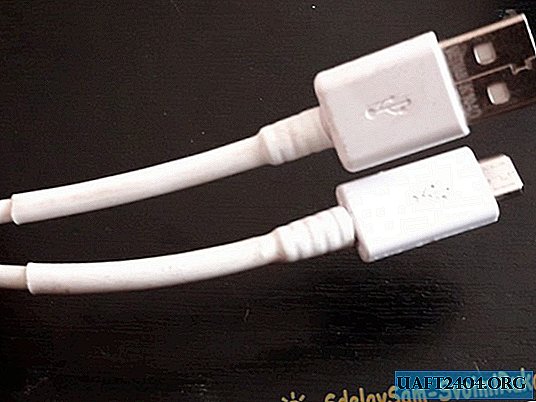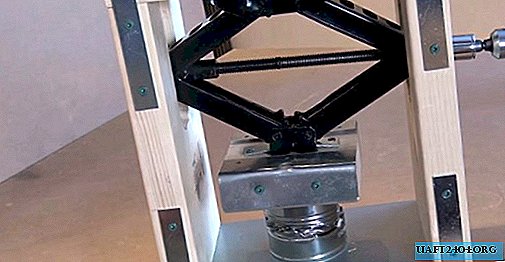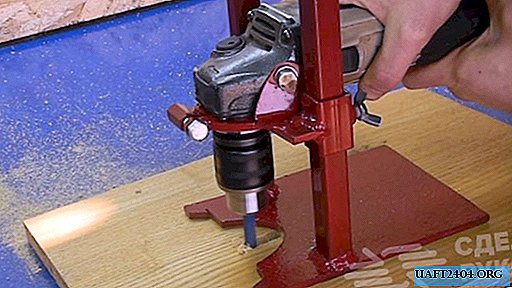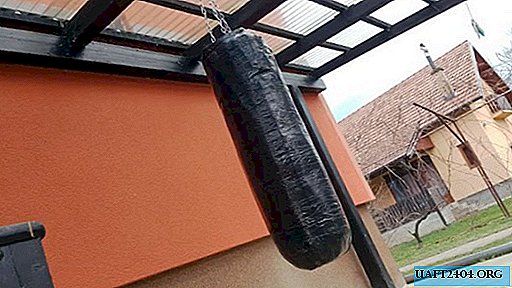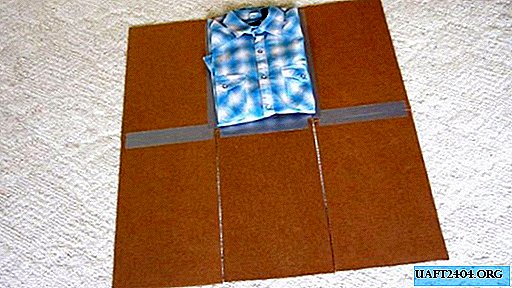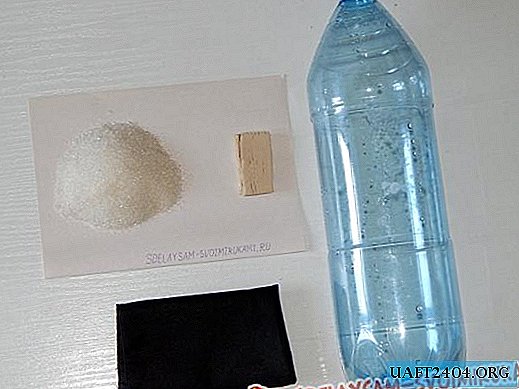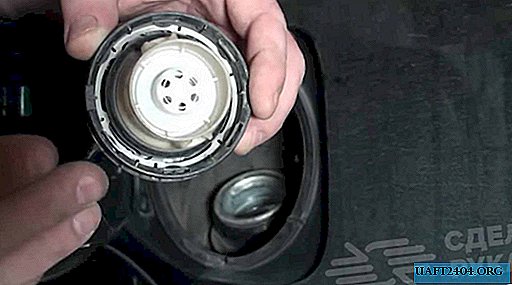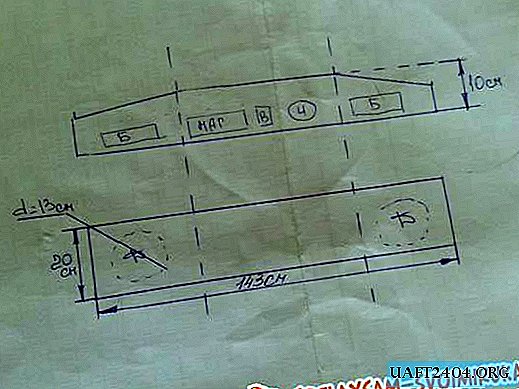Share
Pin
Tweet
Send
Share
Send
Of course, you can buy a lamp for growing plants, but the prices for them, frankly, are unreasonably high. And therefore, we will produce it ourselves at an affordable price.
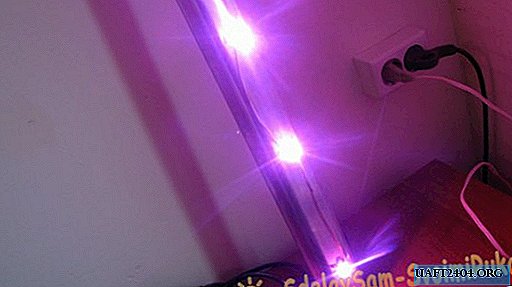
To begin with, we stock up on materials for our future lamp.
We will need:
- LEDs You can buy - HERE.
Phyto LEDs specially designed for illumination of plants in industrial greenhouses, the emission spectrum of which is in the red and blue ranges of 440-470 nm, and 630-670 nm. Plants do not actually need white and green light, and therefore, using ordinary white LEDs is a waste of energy.

- Driver for powering 30 watt LEDs.
Special driver for powering LEDs. You can solder it yourself if you are friends with a soldering iron, but a driver manufactured in industrial conditions has built-in protection against overload, short circuits and, therefore, is safe to use. You can do the same, you are great! Nevertheless, I think that it will be cheaper to buy. You need to choose a driver by the number and power of the LEDs that you are going to use in the lamp. The offer of drivers in the modern market is huge.

- Aluminum profile.
An aluminum profile or some aluminum product suitable for our purposes. Can a sheet or tray. If you cut an old pan, then it can be adapted, but it is better of course a new product, not crumpled, for a better fit of the LED substrate to the surface and more intensive cooling. All kinds of profiles are on sale now, so choose which is cheaper and better for you. The only condition is that you need to select the required cooling surface area for each LED. For this, it is necessary to take into account that the appropriate temperature for normal operation of the LED is 65 degrees, but the lower the temperature, the higher the efficiency of the LED and its longer life, and therefore 45 degrees and not higher is considered the optimum temperature. For each watt of LED power, an aluminum radiator cooling area of about 20 centimeters square is needed, but more is better if possible.


- Heat transferring paste.
Heat transferring paste. In radio parts stores a large selection and not very expensive.

- Bolts and nuts on 2.
2 mm bolts and nuts. In stores are pennies. You need to choose a bolt with a countersunk head, then it does not close the contact plates of the LED. Select the length of the bolt taking into account the thickness of the profile and plus 6 mm.

- Box for the driver.
Wiring for soldering to LEDs (you can use old technology), a little tin, flux (which is) for soldering, a soldering iron, a 2 mm drill with a drill, a plug with a wire for connecting the future lamp to the network, a small plastic box for the driver and you can proceed to manufacture. A box will go even from a shoe polish sponge.

Production of LED lamp for plants
First, mark the profile for drilling holes for mounting LEDs. We drill 2 mm with a drill, first 2 holes for one LED, try to screw it into place and, if everything fits well, drill the rest. Next, we smear the LED substrate with a heat-conducting paste with a thin layer, so that when fixing the LED with bolts, not much paste comes out under the LED substrate. It is necessary that under the LED there is no air left, and there is good heat transfer. The better the cooling of the LED, the longer it will work.
Fito lamp assembly.

We fix the second LED so that its minus is opposite the plus of the first. And so is everyone else.
Soldering driver.
When all the LEDs are fixed, you need to solder them in series, minus one to the plus of the other and so on. We solder the soldered chain to the driver, placed in a box and mounted on the profile on the back of the LEDs.
The driver has the designation + and - plus, usually a red or pink wire. Plus LED chains to the driver plus and minus, respectively, to the minus. On the other side of the driver, power is connected. It is better to buy a driver powered by 220 volts. If you have one, then solder the wire with the plug and you're done.


The driver in the box.

We experience in work.

Phyto lamp works.



It shines well, but only for plants. For humans, such a spectrum quickly tires of vision. I hope that now you can make such a lamp yourself.

Share
Pin
Tweet
Send
Share
Send

